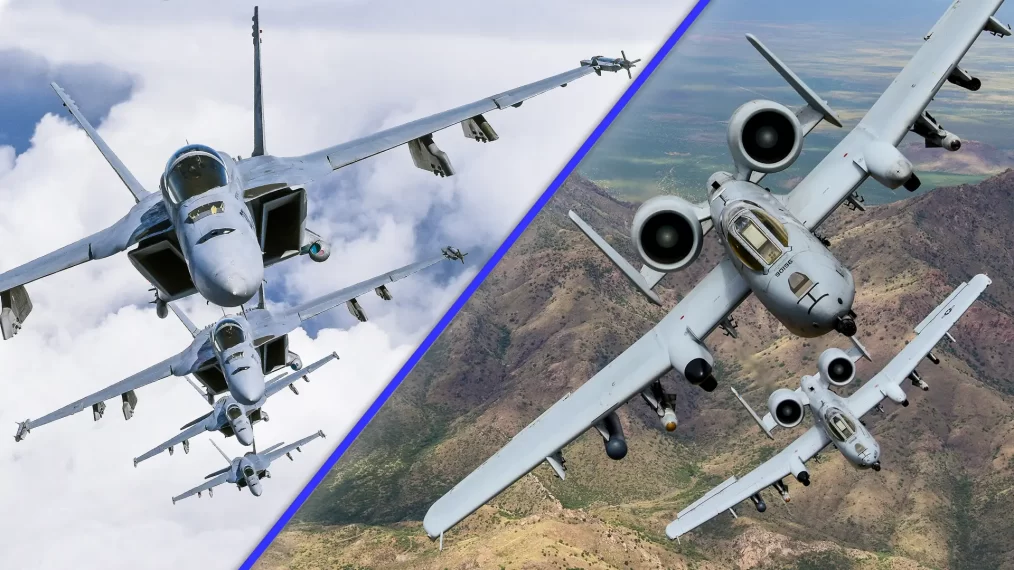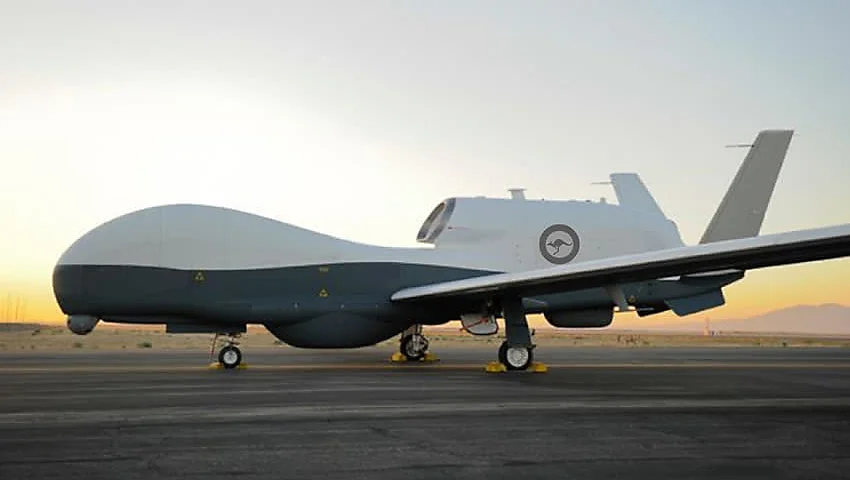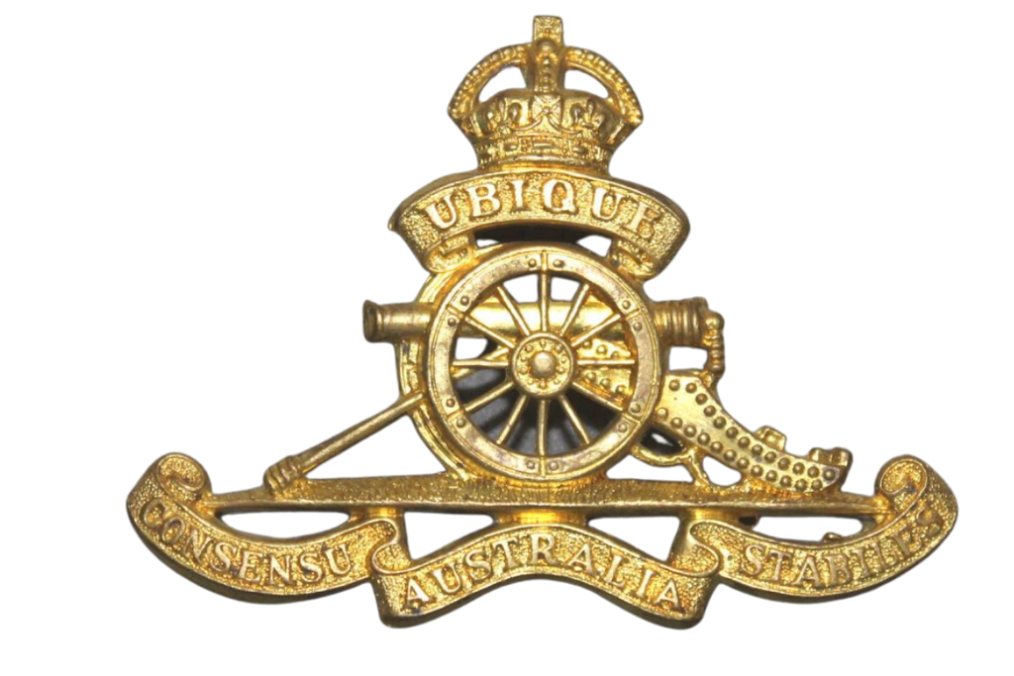The USS Gerald R. Ford stands as a titan amongst naval vessels, undisputedly holding the title of the most expensive and largest carrier ever to grace the oceans. This supercarrier, a behemoth of naval prowess, not only boasts state-of-the-art engineering but also an array of technological advancements that dwarf other ships in its class.
At the outset, the Gerald R. Ford was projected to cost around $13 billion in 2005. However, the ambitious scope of its features and innovations drove its final price tag up to a whopping $14 billion by 2009. Weighing in at an impressive displacement of approximately 112,000 short tons (or 100,000 metric tons), this supercarrier stretches 1,106 feet (337 meters) in length, has a waterline beam of 134 feet (41 meters), and its flight deck beam spans a considerable 256 feet (78 meters). It towers nearly 250 feet (76 meters) above the waterline, making it a formidable sight in any naval theatre.
The Gerald R. Ford’s superiority doesn’t end with its size. Its hangars and decks are home to a variety of advanced aircraft, including the stealthy F-35C Joint Strike Fighters, the formidable F/A-18E/F Super Hornets, EA-18G Growler electronic attack jets, and the E-2D Hawkeye airborne early-warning and control aircraft. Supporting these are assets like the C-2 Greyhound carrier onboard delivery (COD) planes, the versatile MH-60S Seahawk helicopters, the MQ-25 Stingray refuelling and intelligence drones, and a potential inclusion of a new long-range strike drone in the future.
To power this immense vessel and its technologies, the Gerald R. Ford employs advanced Bechtel A1B reactors, capable of producing an astonishing 600 megawatts of electricity. This power supports innovative systems such as the Electromagnetic Aircraft Launch System (EMALS) and the Advanced Arresting Gear, both designed to enhance operational efficiency and safety on the flight deck.
However, what truly distinguishes the Gerald R. Ford from potential rivals is its self-defence and combat capabilities. Equipped with cutting-edge radar systems, missile launchers, and laser self-defence weapons, this carrier has defences specifically tailored to counter threats such as the hypersonic missiles developed by nations like China and Russia.
With the commissioning of the Gerald R. Ford, the U.S. Navy’s fleet now boasts an impressive eleven active carriers, further reinforcing its unrivalled naval supremacy on the global stage. The sheer technological and strategic prowess of the Gerald R. Ford underlines why, for the foreseeable future, potential competitors like China and Russia will find it challenging to match the supercarrier’s capabilities and dominance.









